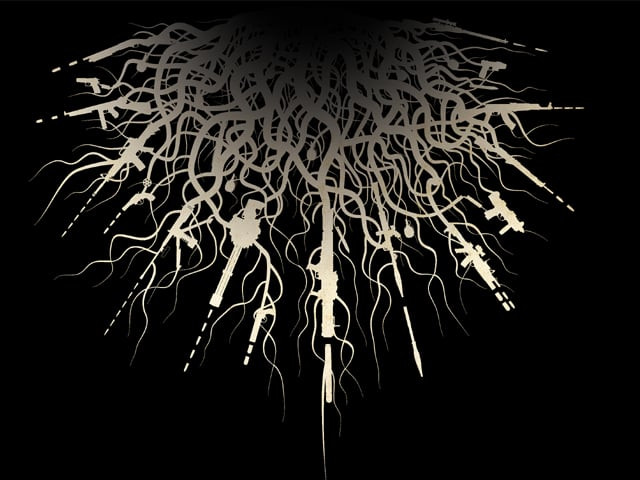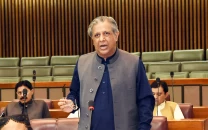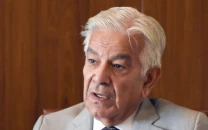Emergence of Harkat-ul-Mujahideen
HuA was founded in 1993 as a result of the merger of two militant groups from Deobandi school of thought.

In July 1995, a little-known militant group, AlFaran, seized six Western tourists in Indian administered Kashmir. AlFaran is said to be a façade for Harkat-ul-Ansaar (HuA) militant organisation fighting the Indian rule in Kashmir. After a few days one of the tourists was executed, while another managed to escape from captivity. The remaining four were also executed in December that year.
After the Kashmir abductions, the United States designated HuA as a terrorist organisation. And subsequently the group was renamed as Harkat-ul-Mujahideen (HuM).
HuA was founded in 1993 as a result of the merger of two militant groups from Deobandi school of thought – Harkat-ul-Jihad Al Islami and Harkat-ul-Mujahideen. It’s widely believed that the two groups have links with Pakistan’s politico-religious party Jamiat Ulema Islam (Fazlur Rehman and Samiul Haq factions).
After a few years Harkat-ul-Mujahideen and Harkat-ul-Jihad AlIslami again parted ways. And in 2001 the United States designated HuM as a terrorist organisation. Subsequently in 2002, the then Pakistani military ruler Pervez Musharraf, in a nationwide crackdown on extremist organisations, outlawed several groups including HuM.
Following the ban, HuM re-emerged as Jamiat AlAnsaar, but the Pakistan government also slapped a ban on it in 2003. HuM suffered a huge blow in 2000 when Maulana Masood Azhar founded his own group, Jaish-e-Muhammad, following his release from an Indian jail.
Maulana Masood Azhar and two other extremist leaders – Mushtaq Zargar and Ahmed Omar Saeed Sheikh – were freed by the Indian government in return for the release of hundreds of passengers on board an Air India flight which was hijacked by Kashmiri militants in December 1999. HuM was blamed for the hijacking. And the group has never denied this allegation.
HuM had gone underground following the 2002 ban. But in 2007 its leader Maulana Fazlur Rehman Khalil was asked to mediate in a standoff over Islamabad’s Lal Masjid before military commandos stormed the compound where the government believed radical elements were hiding.
Following the 2001 US ban, Maulana Farooq Kashmiri replaced Maulana Fazlur Rehman Khalil as chief of HuM, while Khalil was made secretary general of the group. Though Maulana Khalil has no senior position in the group for the last few years, he still enjoys considerable influence among the cadres.
As recently as last year, HuM leaders were among several militant figures who were allowed to address public rallies in Azad Kashmir to show solidarity with demonstrators in Indian Kashmir.
Published in The Express Tribune, June 25th, 2011.



















COMMENTS
Comments are moderated and generally will be posted if they are on-topic and not abusive.
For more information, please see our Comments FAQ